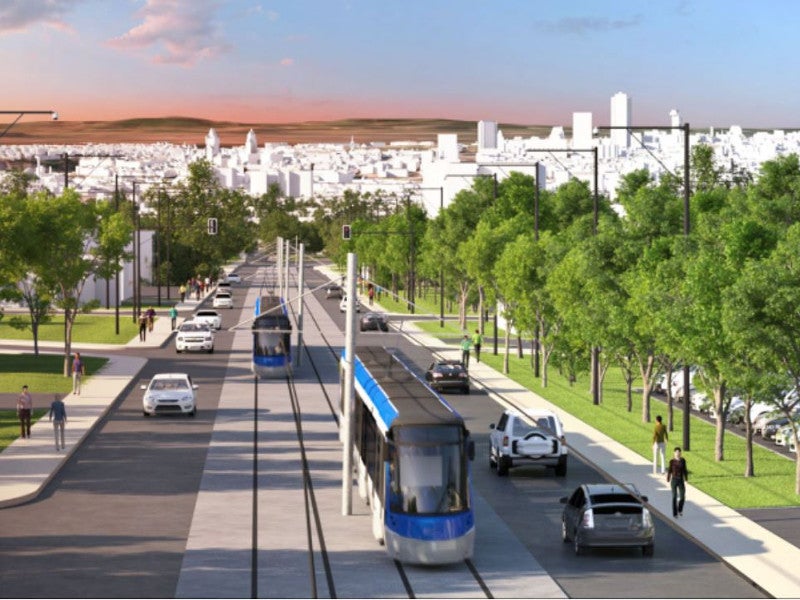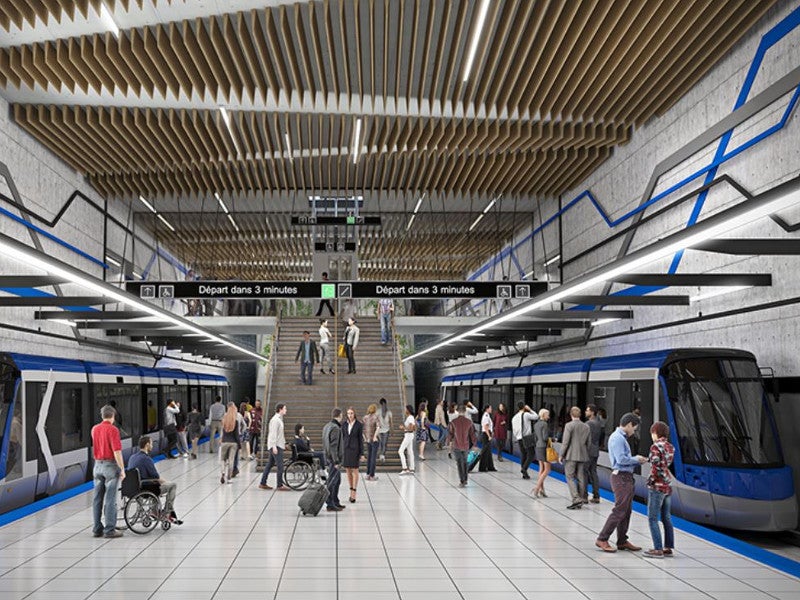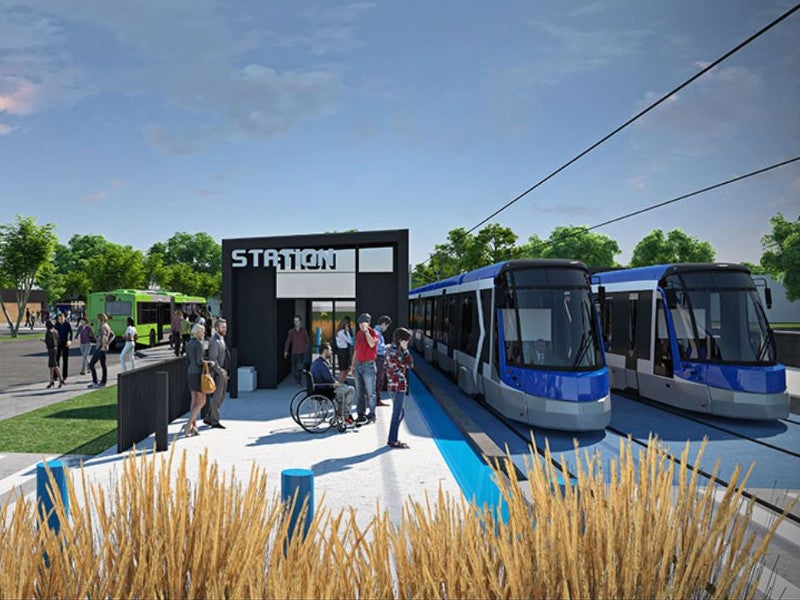Quebec City Tramway is a 23km-long transit network project being developed in Quebec City, Canada. The City of Quebec and Réseau de transport de la Capitale (RTC) are the project developers.
The network aims to increase public transport use by 30% and remove 12,500 cars from the roads a day.
Construction of the $3bn tramway project is expected to begin in November 2019, with operations scheduled to start in 2026.
Quebec City Tramway details
The Quebec City tramway project will involve the construction of tunnel sections and 36 stations, five of which will be underground. The proposal includes incorporating an integrated system of tramways, electric tram bus and reserved bus lanes.
It will have two routes. The first route will be a 23km-long line, connecting Charlesbourg to Cap-Rouge via Parliament Hill. Approximately 3.5km of the tramway will pass through underground sections. The 17km-long second route will be a fully electrified bus rapid transit (BRT) line served by articulated buses.
Modern, electric, bi-articulated buses will operate along the route that will accommodate up to 150 passengers.
The project will include the construction of three exchange centres at Laval University, Sain-Roch and Sainte-Foy West. Maintenance centres, technical rooms and two operation centres will also be constructed.
The journey on the 23km tramway from east to west will take 38 minutes.
The future electric tram will accommodate 260 seated passengers and will travel at a maximum speed of 70km/h. The entire fleet of Quebec City tramway will be capable of carrying over 5,000 passengers during rush hours.
Route details
The tramway line will begin from Charlesbourg in the east of the city and run south towards SainRoch exchange centre. It will then head further south and will take a U-turn to run west towards the next exchange centre at Laval University. The line will extend towards the third exchange centre at Sainte-Foy West.
The line will head towards north from Sainte-Foy West to reach Cap-Rouge station in the west of the city.
Other developments
The Quebec City will increase the number of lanes on the four-lane Hochelaga Boulevard over a distance of 1.9km to ensure timely construction of the tramway on Laurier Boulevard.
Two new lanes Robert-Bourassa and the Avenue De Rochebelle will be added with an estimated investment of $6.17m.
Financing
The Government of Quebec is supporting the Quebec City Tramway and has agreed to pay up to 60% of the construction cost. The government plans to reach an agreement with the federal government for the remaining project cost.
The municipality of Quebec City agreed to spend $300m for the infrastructure required to support the tramway such as roads and sidewalks. It will also cover the operating costs, which are estimated to be approximately $158m a year.
Quebec City Tramway project contractors
SYSTRA Canada won the contract to design the Quebec tramway in November 2018. Quebec City and Capital Transport Network (RTC) selected SYSTRA for the electrification of the public transport network of Quebec.
The executive committee of the City of Quebec contracted Tram-Innov consortium for the preliminary design of all tramway elements in October 2019. The consortium includes Daoust Lestage, St-Gelais Montminy & Associates (STGM), WSP Canada, CIMA + and HATCH.
Norton Rose Fulbright Canada acted as a legal agent as part of the implementation of the tramway structuring network.





